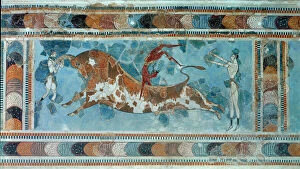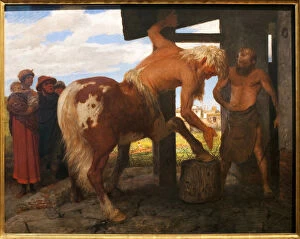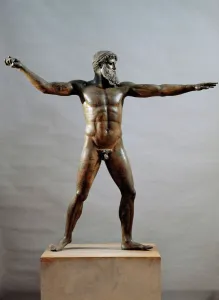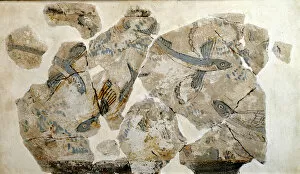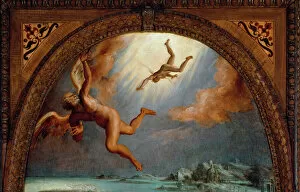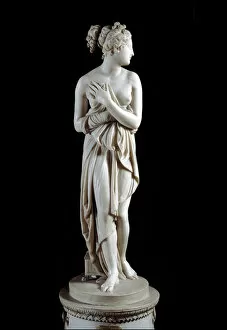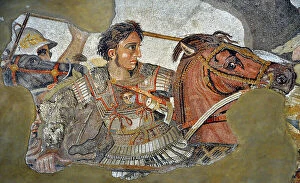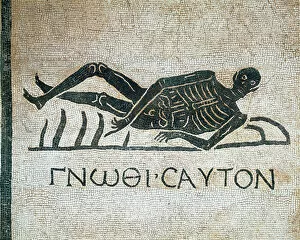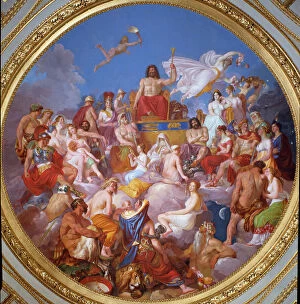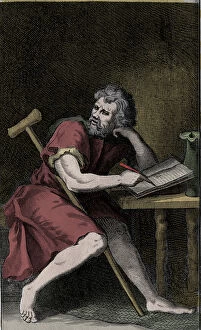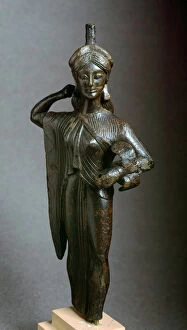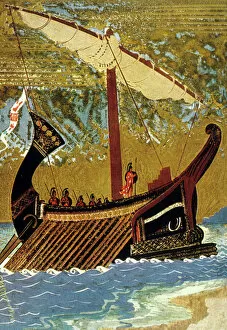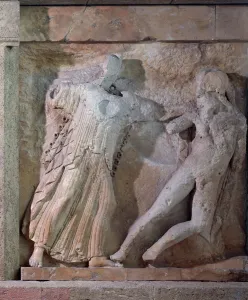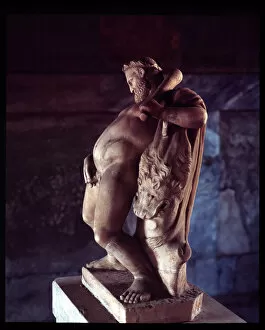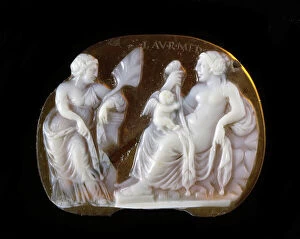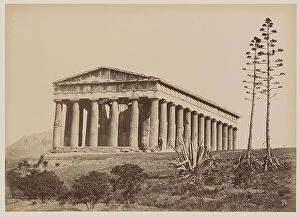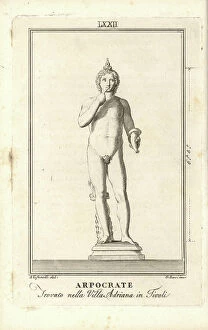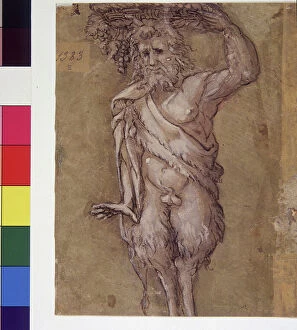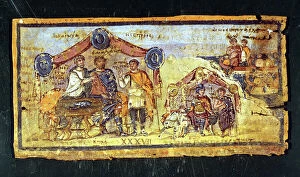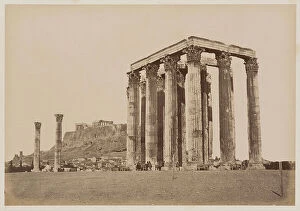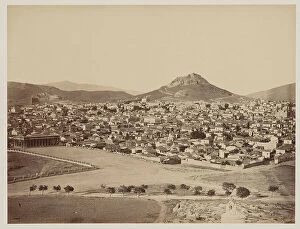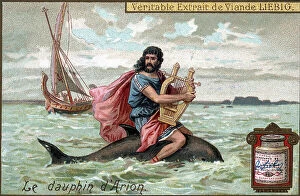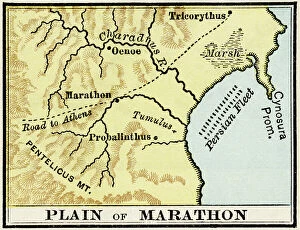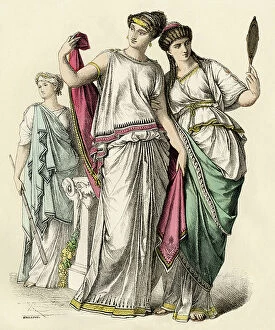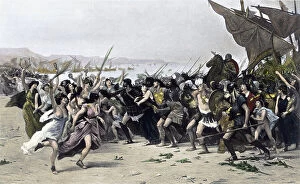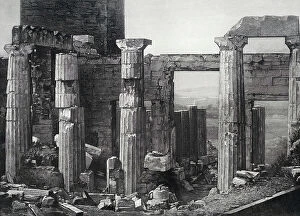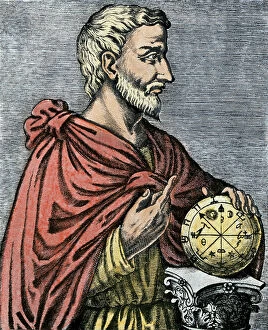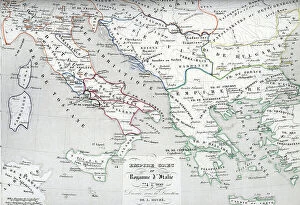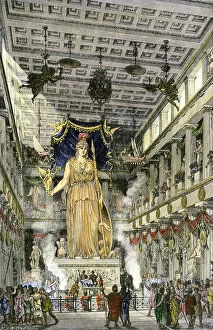Grece Collection
Greece, a land steeped in ancient history and mythological tales
All Professionally Made to Order for Quick Shipping
Greece, a land steeped in ancient history and mythological tales. From the captivating Centaur at the village blacksmith to the majestic Statue of Zeus or Poseidon, every corner holds a piece of its glorious past. The Portrait of Menippe reminds us of the profound wisdom that Greek poets and philosophers bestowed upon humanity. Intriguingly, The Fall of Icarus captures our attention with its intricate details, reminding us of the consequences that come with soaring too close to greatness. Gnothi seauton whispers a timeless message - "Know thyself" - as we uncover memento mori en mosaic from excavations in the convent. The Council of Gods transports us to Olympus itself, where Zeus reigns supreme among divine beings. Meanwhile, The Odyssey by Homer takes us on an epic journey aboard Odysseus' sailboat, painting vivid images in our minds. Magna Graecia reveals a stone relief depicting Enceladus and Athena locked in fierce battle during Gigantomachy. Drunk Hercules showcases both his strength and vulnerability through an exquisite sculpture from House of Deers. As we explore further into Greece's rich heritage, we encounter Sign of Zodiac: The lion fresco featuring Artemis Ephese as a deity worshipped centuries ago. A glimpse into Saint Luke's gospel page reveals the meticulous craftsmanship found within Greek codexes from the 5th century. Finally, standing on Vergina's mosaic floor at Royal Palace brings forth awe-inspiring visions from Macedonia's regal dynasty. Greece beckons with its enchanting tapestry woven by gods and mortals alike; it invites us to delve deeper into its mesmerizing history while leaving no stone unturned.

